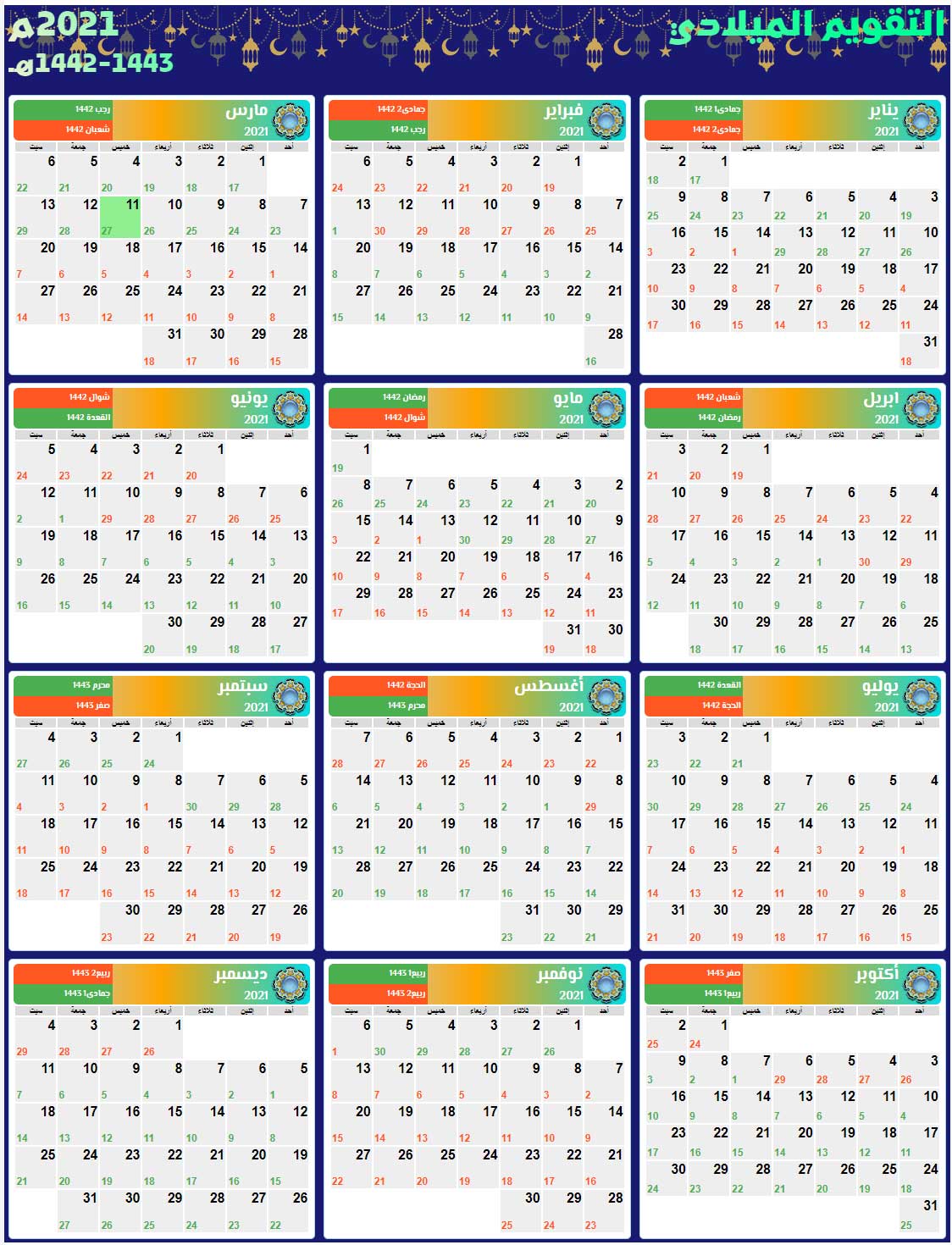

Then keep the results selected, click Home tab, and go to the drop-down list of Number Format to select Time to format the results.
#EGYPT TIME CONVERTER MOD#
His work opened the door to understanding ancient Egypt and his dictionary served as a foundation for the work of other scholars.» Click here for Egypt Time to Local Time Conversion. Use below formula to convert the NY time in cell B3:B6 to the new time based on the time differences in cell D3:D6: MOD (B3+ (D3/24),1) Press Enter key and drag fill handle down to cell E6. He used Coptic to decipher the meaning of some signs. The first Egyptian names he translated were Ramesses and Thutmose.Ĭhampollion was the first scholar to identify determinatives. He deduced what other signs meant based on the Greek spelling of each name. Champollion identified signs that represented sounds in each name. He began by translating the names of Ptolemy and Cleopatra. Young's work set the stage for the work of Jean-Francois Champollion.

He identified Ptolemy's name in a cartouche and was the first scholar to realize some hieroglyphs were phonetic, and that the script followed rules. Thomas Young began studying the demotic text in 1814. Details about how often priests were to make sacrifices were in the inscription. Ptolemy V had commissioned the stone to commemorate the building of a shrine where people worshiped the pharaoh and his ancestors. The Greek inscription on the stone was translated in 1802. The English attacked the French and confiscated it. The scholars realized it had the same message carved in Greek, demotic and hieroglyphs. In 1799, near the town of Rosetta, troops found the Rosetta Stone. When Napoleon invaded Egypt in the 1790s, he took scholars with him. This changed after the discovery of the Rosetta Stone. Other scholars thought hieroglyphics followed no rules and would never be deciphered. Many believed that each hieroglyph represented an idea, specifically what the sign resembled. 9:00 pm in Cairo, Egypt is 12:30 am in IST. Modern study of hieroglyphs flourished after the discovery of the Rosetta Stone.īefore the discovery of the Rosetta Stone, scholars had different ideas about hieroglyphs. EET (Eastern European Time) is 3 hours and 30 minutes behind India Standard Time. Some Coptic words helped scholars decipher hieroglyphics. Most Coptic signs only represent one sound. Another written form of Egyptian, Coptic, developed.Ĭoptic used only 30 signs, many of them Greek. Use of hieroglyphs faded even more after Rome conquered Egypt. The royal family and most of the elites spoke Greek. Writing with demotic was even faster than writing with hieratic.Īfter the Greeks conquered Egypt, knowledge of hieroglyphics began fading. It was an abbreviated script with signs that did not look like the corresponding hieroglyphs.

Scribes always wrote hieratic right-to-left and used carved reed brushes. Scribes used it to write documents and letters, because writing in hieratic was faster. Hieratic was a cursive form of hieroglyphics with less complicated and connected signs.Over time, two other Egyptian scripts, hieratic and demotic, developed. They stacked their signs and left no spaces between words or sentences.

If an inscription was on one side of a window, then they would carve another inscription on the other side. The Egyptians believed in creating balanced objects. Some objects had inscriptions that were read in two or more directions. Current local time in Egypt with information about Egypt time zones and daylight saving time. If they face left, they should be read left-to-right.Ĭlick here to learn more about The Hieroglyphic Alphabet If the signs face right, they should be read right-to-left. The signs reveal which direction carvings should be read. Hieroglyphs are read vertically, horizontally, from right-to-left or from left-to-right. These signs also distinguished male names from female ones by placing a sign of a man or woman at the end of the name discussed. Scribes put determinatives on the ends of these words to show which word was meant. Due to this, some words used the same constants. The Egyptian language did not have written vowels, so the exact pronunciation of ancient Egypt is not known.


 0 kommentar(er)
0 kommentar(er)
